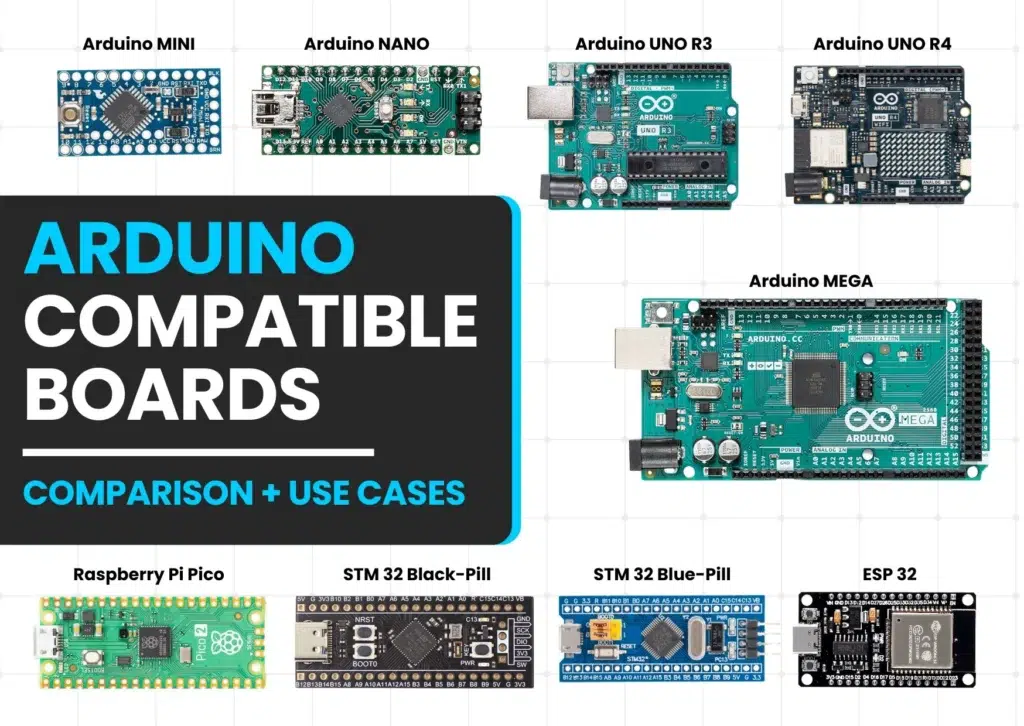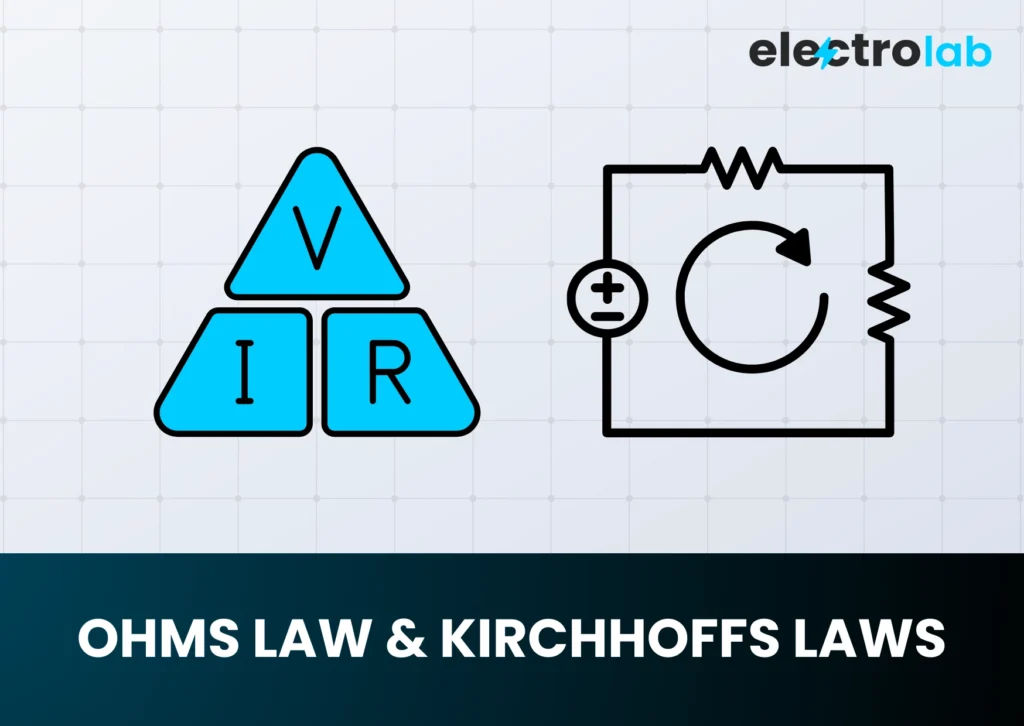Understanding Microcontrollers: The Secret Behind Smart Devices [2025]
![Understanding Microcontrollers: The Secret Behind Smart Devices [2025] 2 Understanding Microcontrollers](https://electrolab.in/wp-content/uploads/2025/03/Understanding-Microcontrollers_electrolab.in_.webp)
Ultimate Guide to Mastering Microcontrollers: 10 Powerful Steps for Smart Innovation
Meta Description: Understanding Microcontrollers is essential for embedded systems and IoT. Learn how microcontrollers work, their applications, and how to start using them.
Microcontrollers are the backbone of modern embedded systems, powering a wide range of devices from smart home gadgets to industrial automation. If you’re new to the concept, this guide will help you with understanding microcontrollers, how they work, their applications, and how you can start working with them.
What is a Microcontroller?
A microcontroller (MCU) is a compact integrated circuit (IC) designed to execute specific tasks within an embedded system. Unlike a general-purpose computer, which handles multiple functions, a microcontroller is optimized for dedicated operations, making it highly efficient and reliable. Understanding microcontrollers is crucial for anyone working with electronics and automation.
![Understanding Microcontrollers: The Secret Behind Smart Devices [2025] 3 Understanding Microcontrollers](https://electrolab.in/wp-content/uploads/2025/03/Microcontrollers-Embedded-Systems_electrolab.in_.webp)
Components of a Microcontroller
A typical microcontroller consists of the following key components:
- Central Processing Unit (CPU): The brain of the microcontroller, responsible for executing instructions.
- Memory (RAM/ROM/Flash): Stores data and program instructions.
- Input/Output (I/O) Ports: Interfaces with external components like sensors, displays, and actuators.
- Peripherals: Includes timers, analog-to-digital converters (ADCs), communication interfaces (UART, SPI, I2C), and more.
- Clock Source: Provides the timing necessary for the microcontroller to execute instructions.
How Microcontrollers Work
Microcontrollers function by executing pre-programmed instructions stored in their memory. They receive inputs from external devices (such as sensors), process the information, and generate outputs (such as activating a motor or displaying data on a screen). This makes them ideal for automation and real-time applications.
Microcontrollers operate at low power and are optimized for specific applications, making them highly reliable for embedded systems. They can function independently without requiring an operating system, unlike microprocessors used in general computing. Understanding microcontrollers allows you to design efficient and effective automation systems.
Applications of Microcontrollers
Microcontrollers are used in a variety of industries and devices, including:
- Consumer Electronics: Smartphones, remote controls, and smart home devices.
- Automotive: Engine control units (ECUs), airbags, and advanced driver-assistance systems (ADAS).
- Medical Devices: Pacemakers, glucose monitors, and diagnostic equipment.
- Industrial Automation: Robotics, motor control, and smart sensors.
- IoT (Internet of Things): Smart wearables, security cameras, and smart meters.
- Aerospace and Defense: Drones, navigation systems, and avionics control systems.
- Home Automation: Smart thermostats, lighting systems, and security alarms.
- Smart Agriculture: Automated irrigation systems, soil moisture sensors, and climate monitoring devices.
For an in-depth look at microcontroller applications, visit this resource.
Popular Microcontroller Platforms
Several microcontroller platforms cater to different skill levels and applications:
- Arduino: Ideal for beginners with an easy-to-use development environment.
- Raspberry Pi Pico (DoFollow): A powerful microcontroller suitable for various projects.
- ESP32 (DoFollow): Perfect for IoT applications with built-in Wi-Fi and Bluetooth.
- STM32: High-performance microcontrollers used in industrial and automotive applications.
- PIC Microcontrollers: Frequently used in industrial and home automation systems.
- Atmega328: The microcontroller behind many Arduino boards.
- MSP430: A low-power microcontroller widely used in battery-operated applications.
Getting Started with Microcontrollers
If you’re interested in working with microcontrollers, here’s how to begin:
- Choose a Microcontroller Board: Start with beginner-friendly options like Arduino.
- Learn Programming: Most microcontrollers use C, C++, or Python.
- Experiment with Sensors and Actuators: Use LEDs, buttons, motors, and displays.
- Work on Small Projects: Create a temperature sensor, motion detector, or simple automation system.
- Understand Communication Protocols: Learn how microcontrollers communicate with other devices using UART, SPI, or I2C.
- Optimize Power Consumption: Understanding low-power modes can be crucial for battery-operated devices.
- Explore Embedded Operating Systems: Some advanced microcontrollers support lightweight operating systems like FreeRTOS.
- Join Online Communities: Participate in forums and online courses to enhance your learning.
Conclusion
Understanding microcontrollers is essential for anyone interested in embedded systems, IoT, and automation. These tiny yet powerful devices drive innovation across industries, making technology smarter and more efficient. Whether you’re a hobbyist or an engineer, learning about microcontrollers opens up endless possibilities for creative and practical applications.
By mastering microcontrollers, you can develop your own smart devices, automate tasks, and even create the next groundbreaking technology. Start exploring today and unlock the potential of embedded systems!
For more learning materials, check out our Beginner’s Guide to Embedded Systems.
Frequently Asked Questions (FAQs)
Q1: What is the difference between a microcontroller and a microprocessor? A microcontroller is a compact integrated circuit designed for specific tasks and includes memory, I/O ports, and peripherals. A microprocessor, on the other hand, is used for general computing and requires external components for functionality.
Q2: Can I use a microcontroller for IoT projects? Yes! Microcontrollers like ESP32 and STM32 are ideal for IoT applications because they come with built-in connectivity features such as Wi-Fi and Bluetooth.
Q3: Which programming language is best for microcontrollers? C and C++ are the most commonly used languages for microcontroller programming. Some microcontrollers, like the ESP32, also support Python (MicroPython).
Q4: Are microcontrollers expensive? Microcontrollers vary in price depending on their features and capabilities. Basic microcontrollers like the Atmega328 (used in Arduino) are inexpensive, while advanced ones like STM32 and ESP32 offer more features at a slightly higher cost.
Q5: How can I power a microcontroller? Microcontrollers can be powered using batteries, USB connections, or external power supplies, depending on their voltage and current requirements.
Q6: What are some beginner-friendly microcontroller projects? Some beginner projects include LED blinking, temperature sensing, motion detection, and simple home automation systems like controlling lights or fans with a microcontroller.
For more tutorials and project ideas, visit this page
Click here to learn basics of Arduino.












